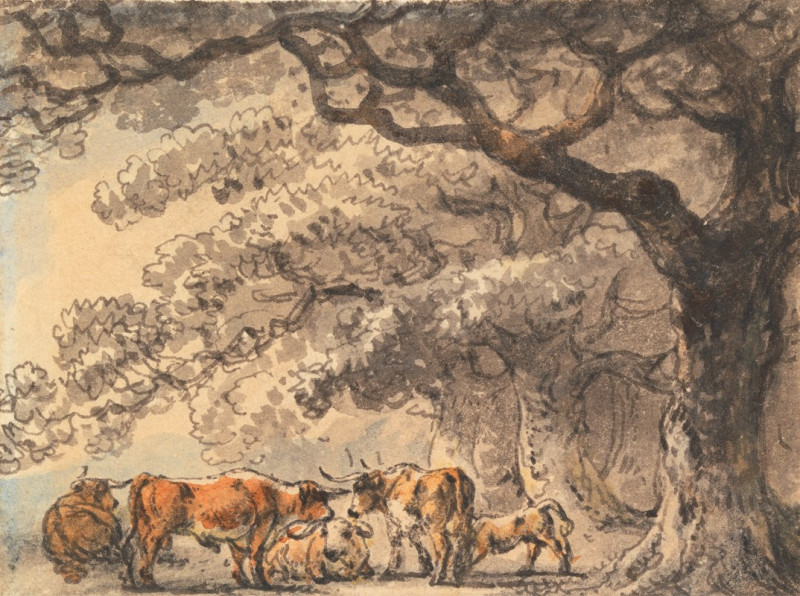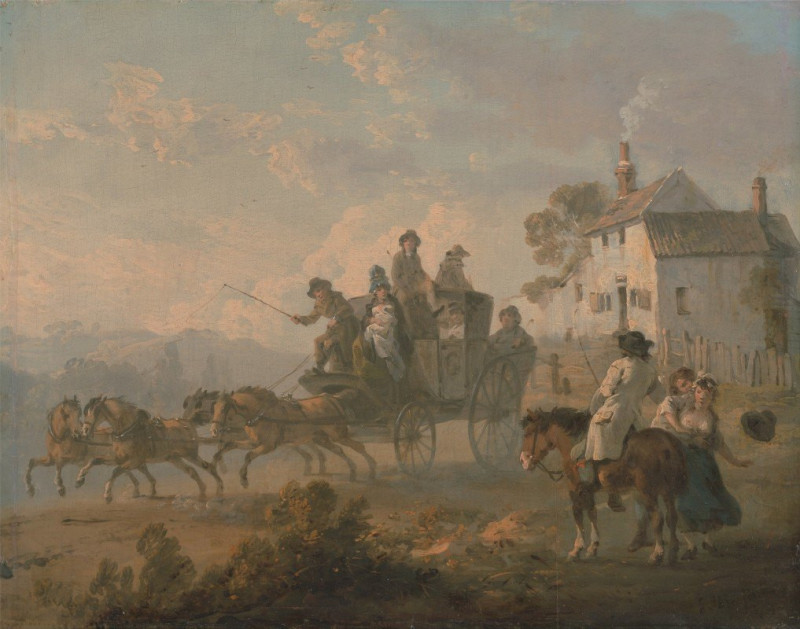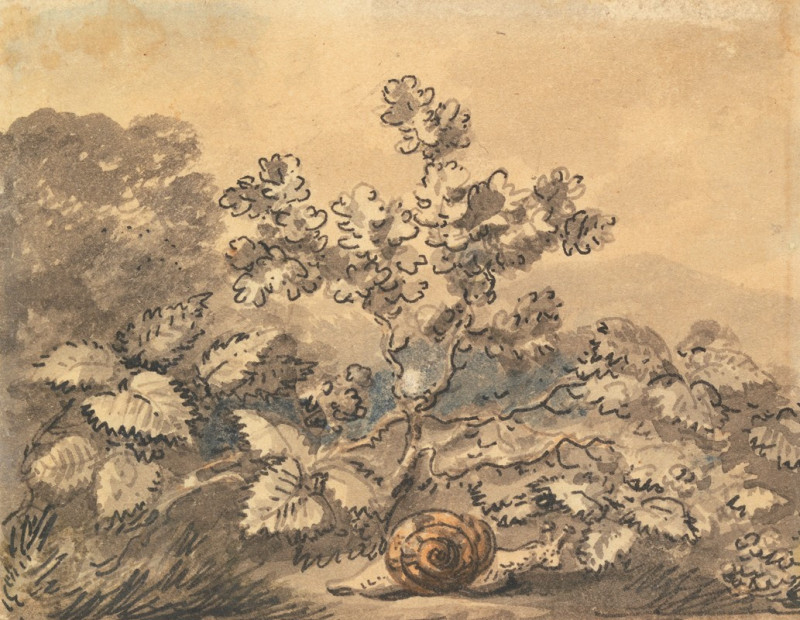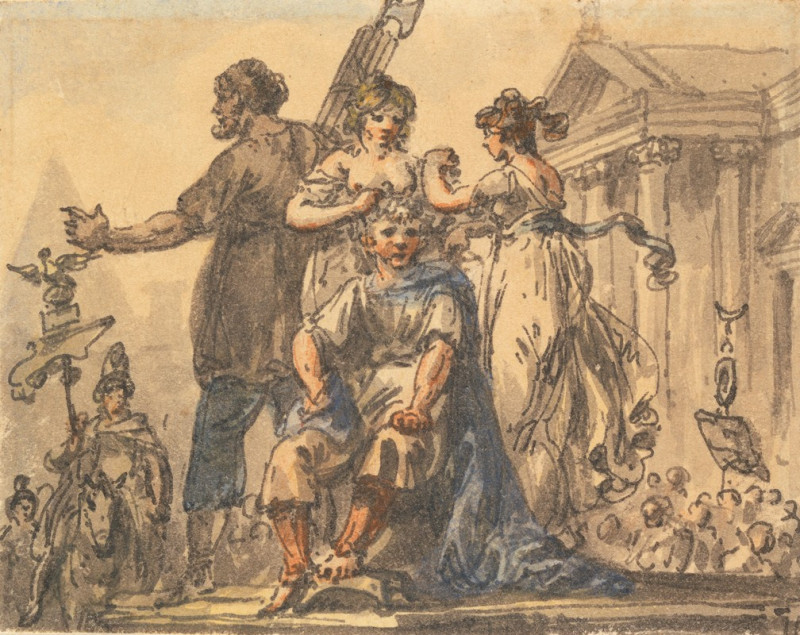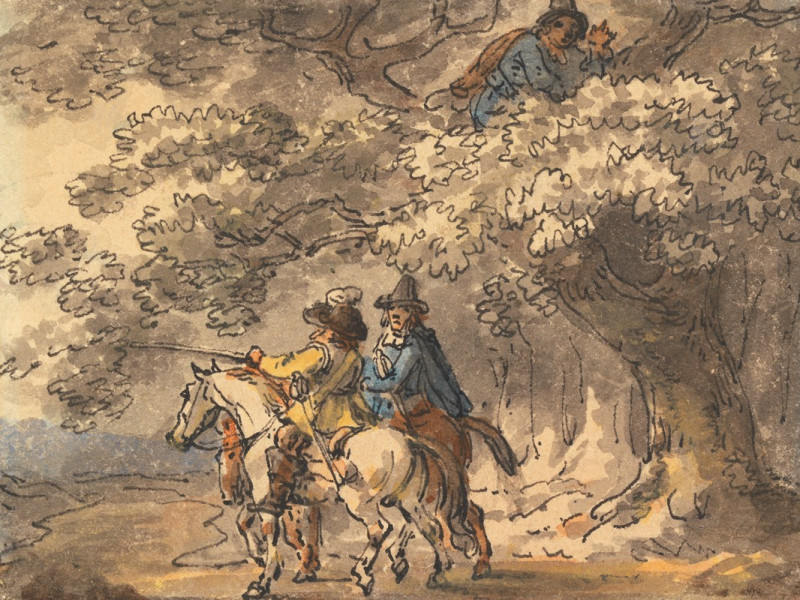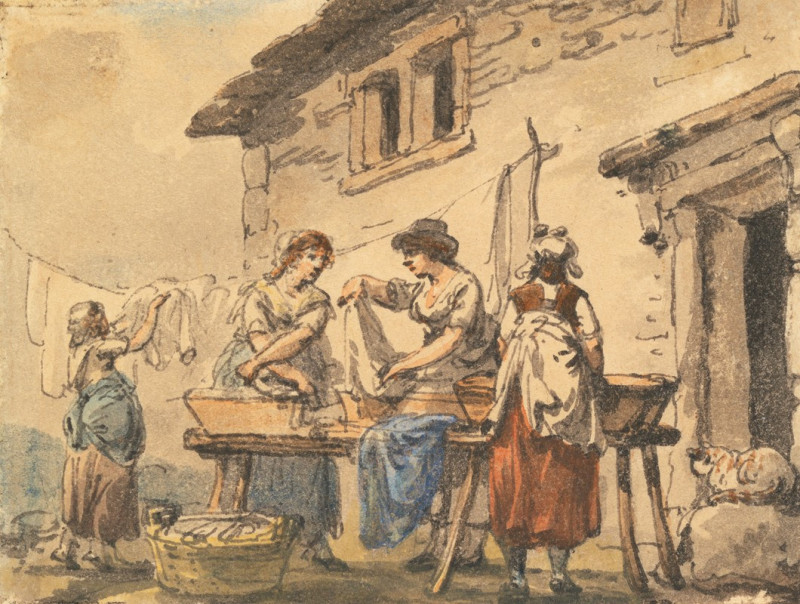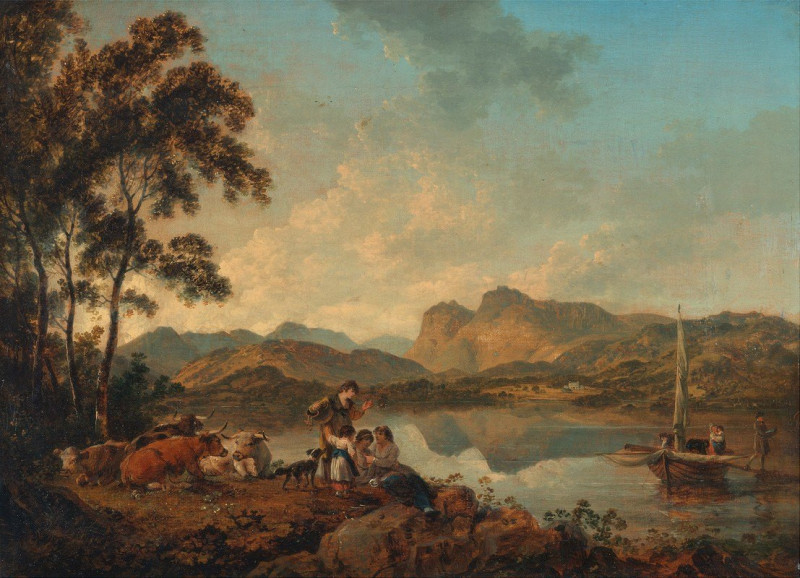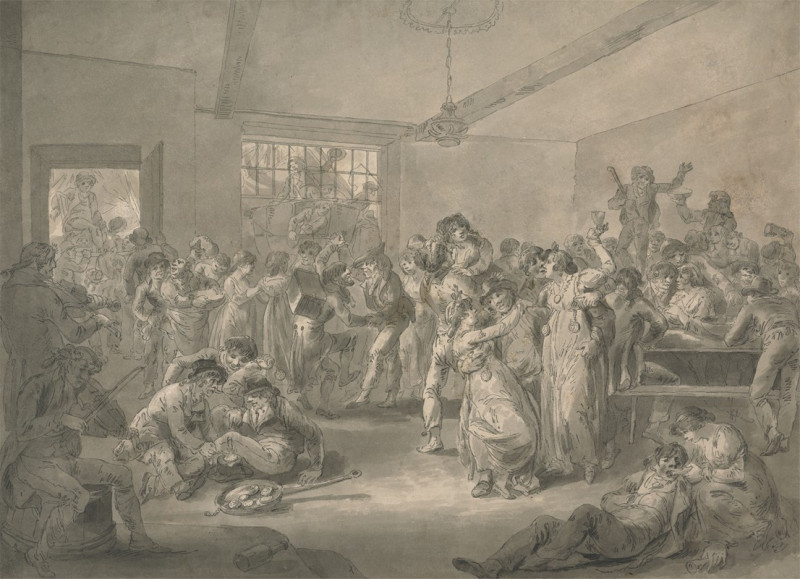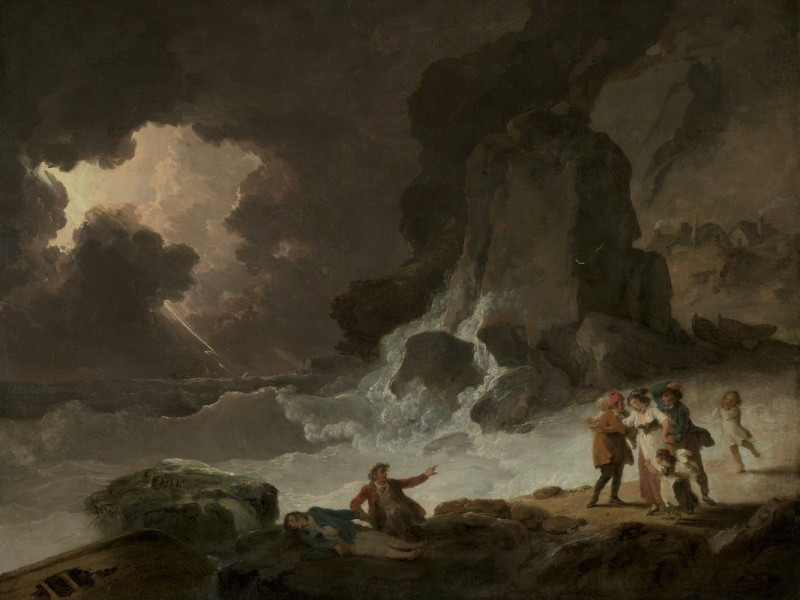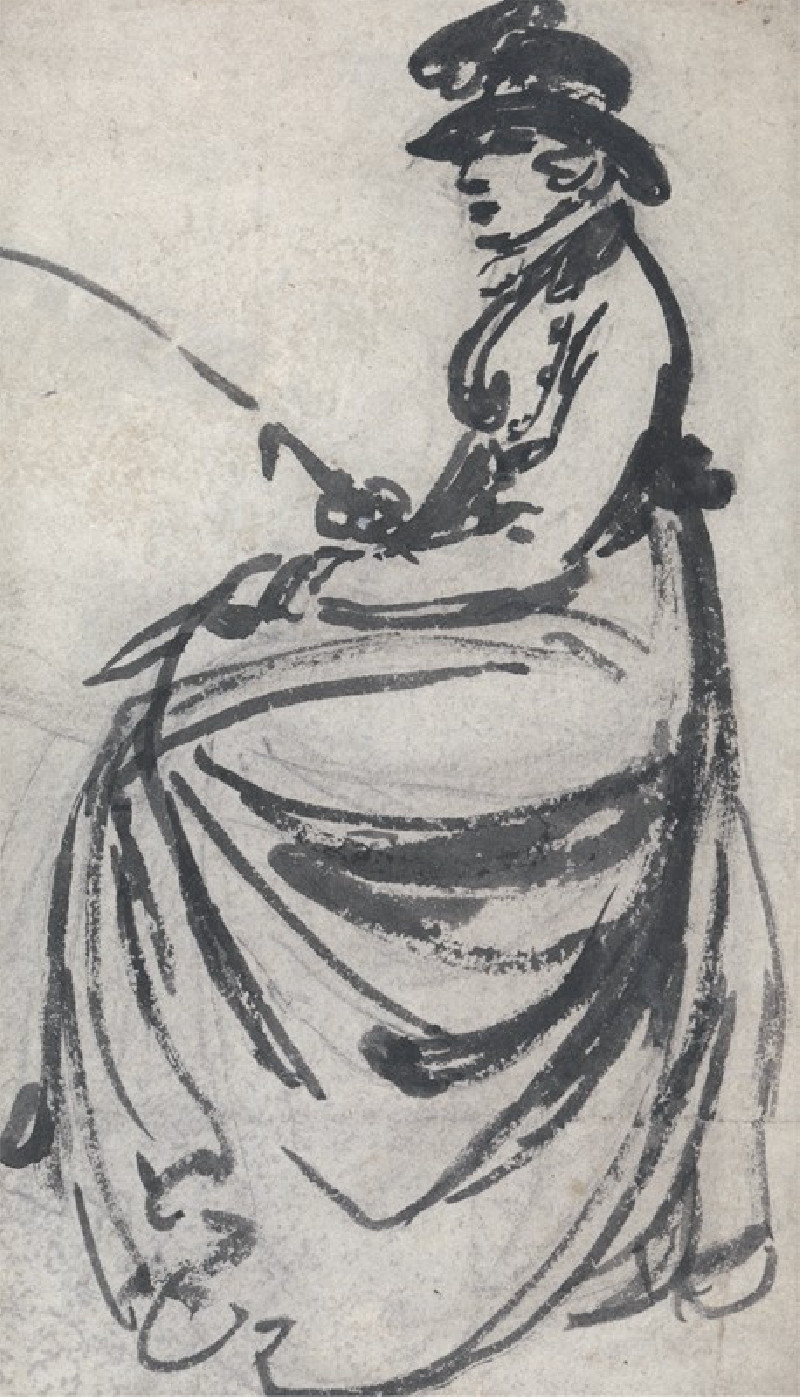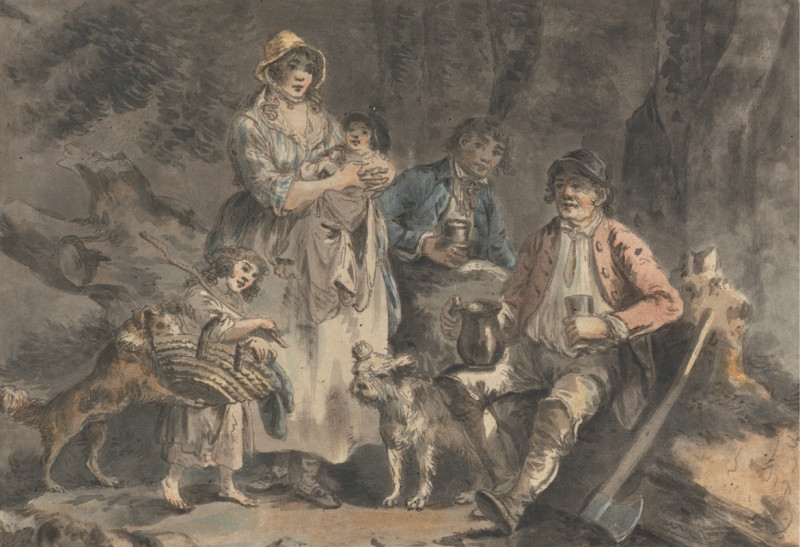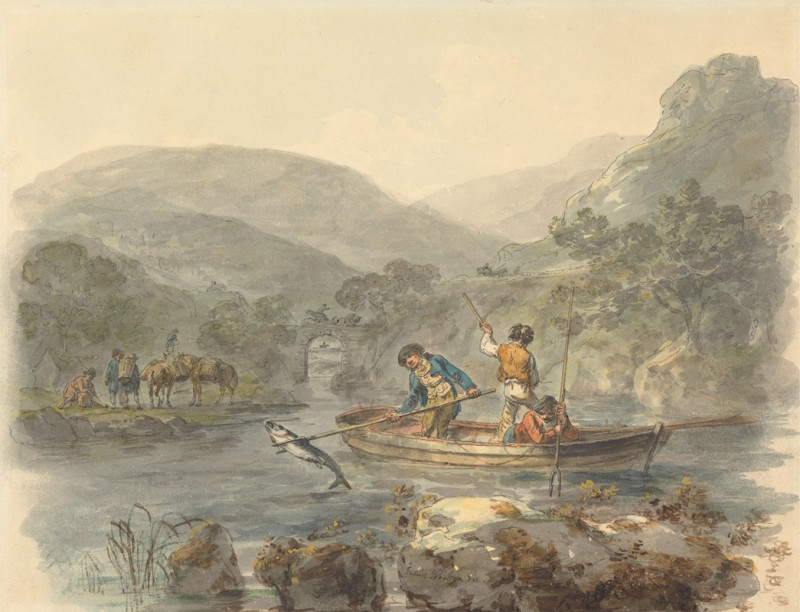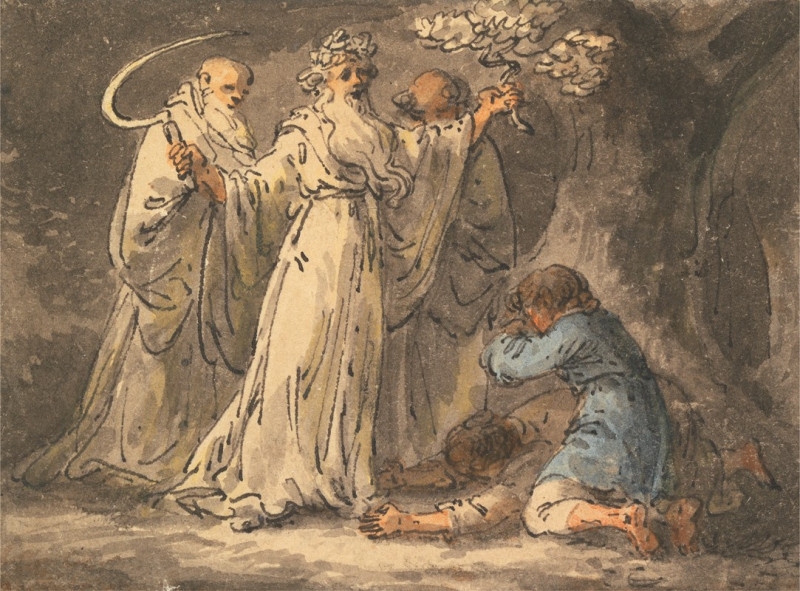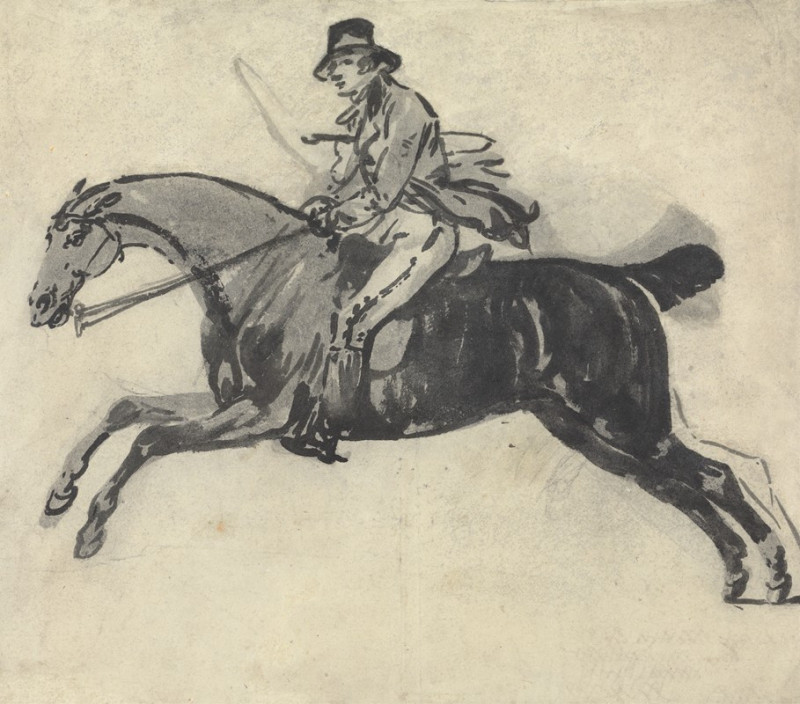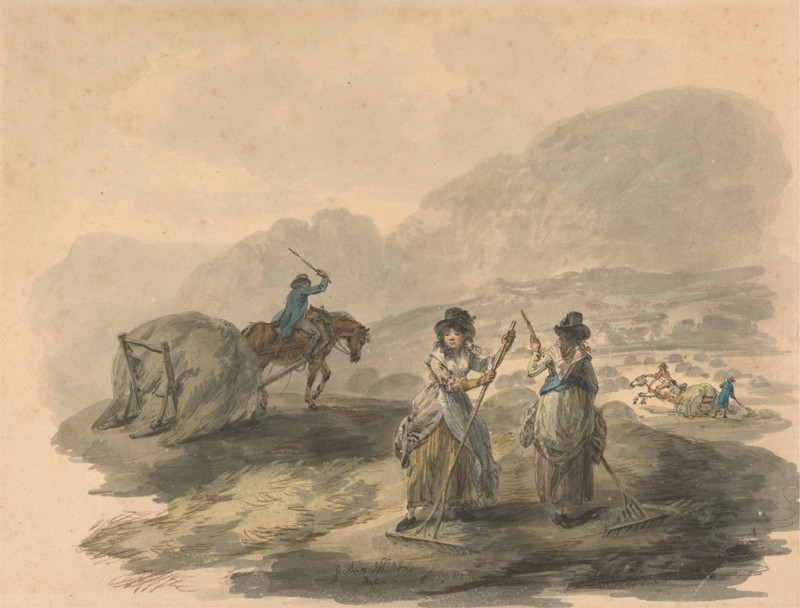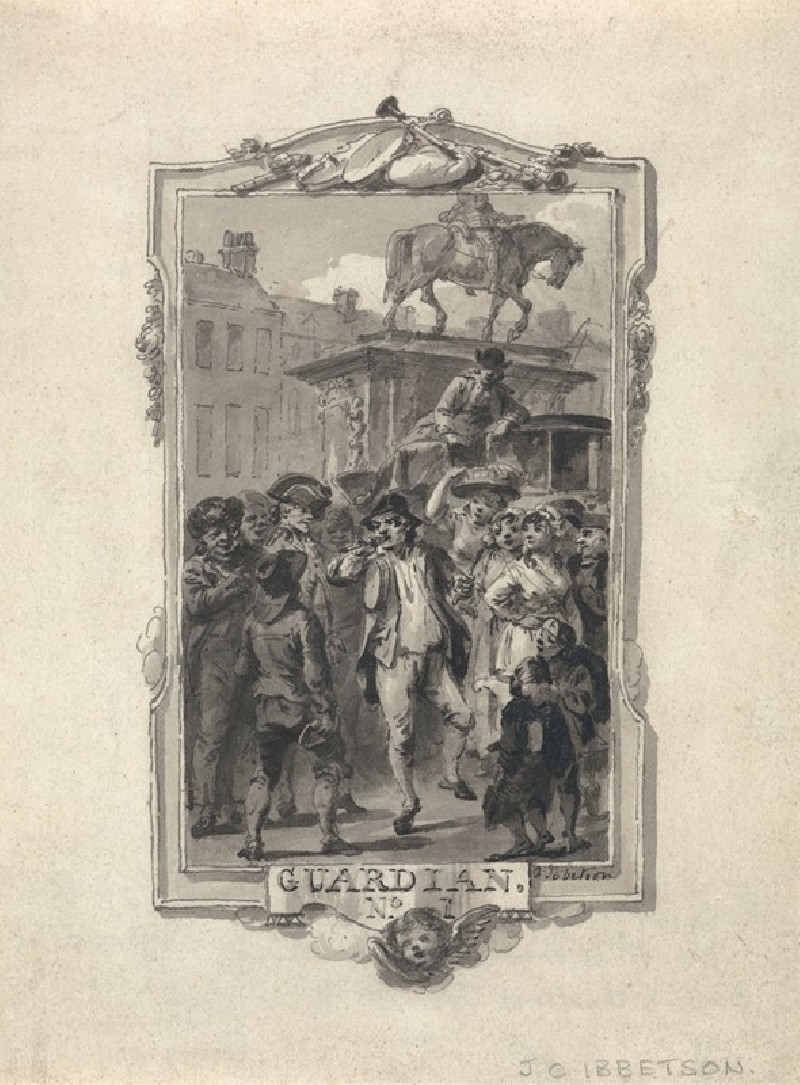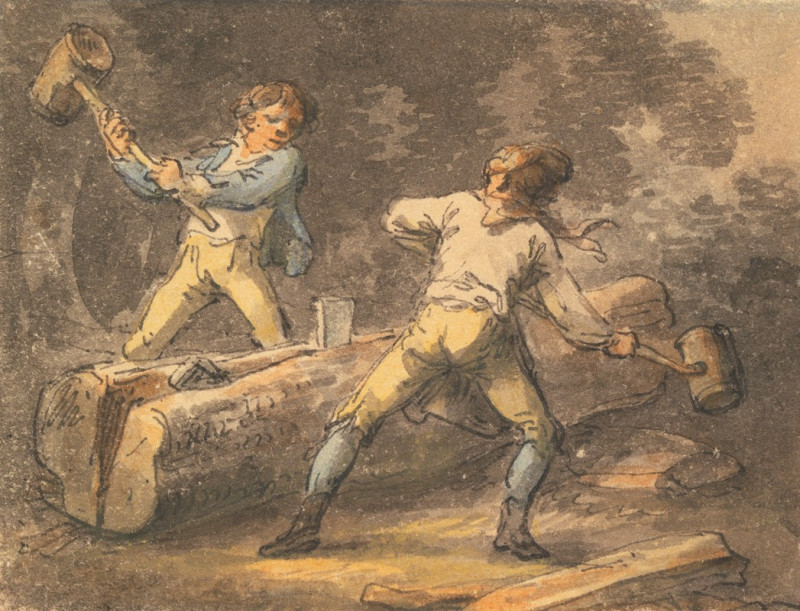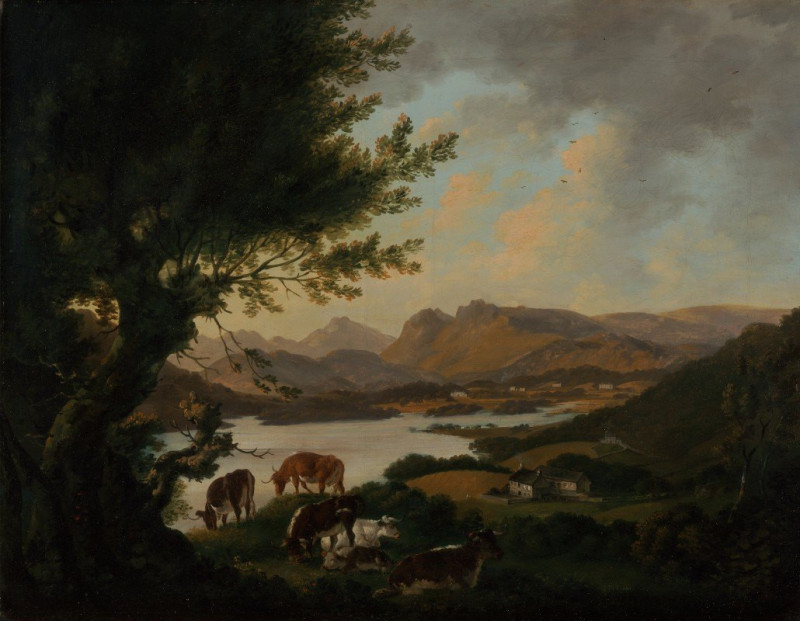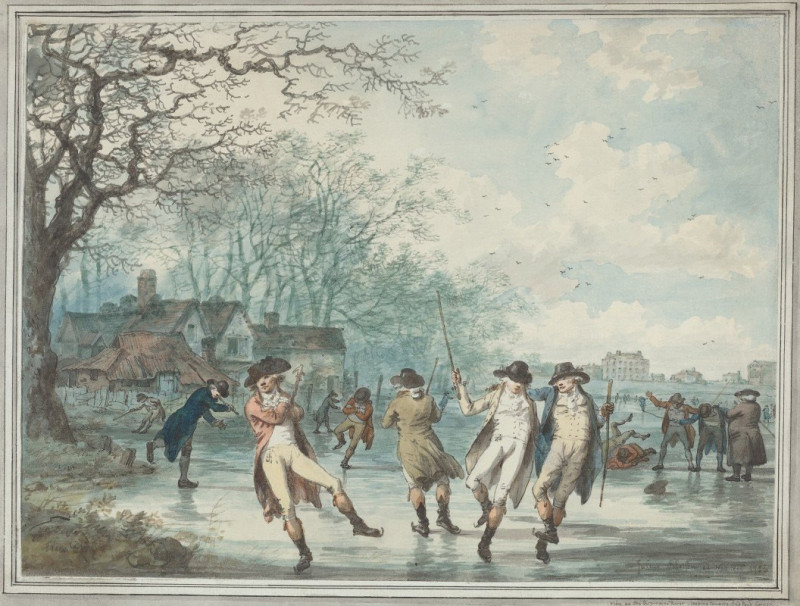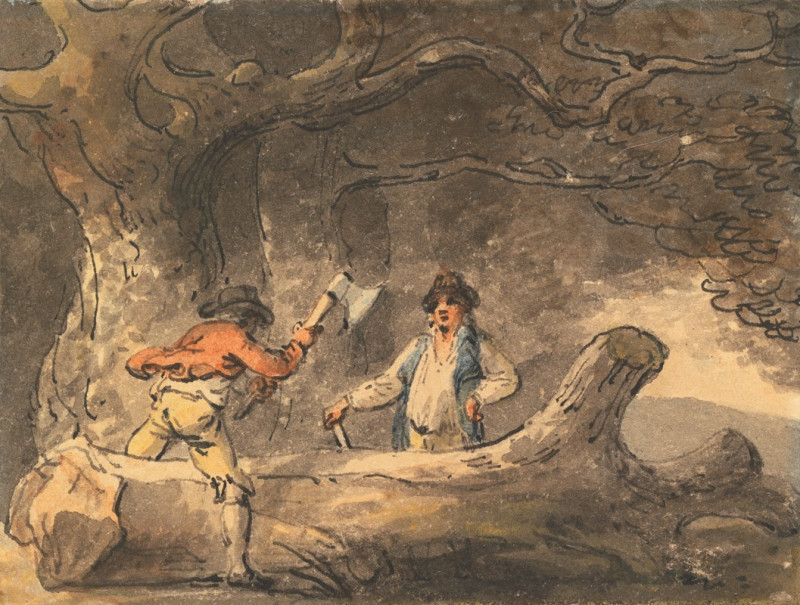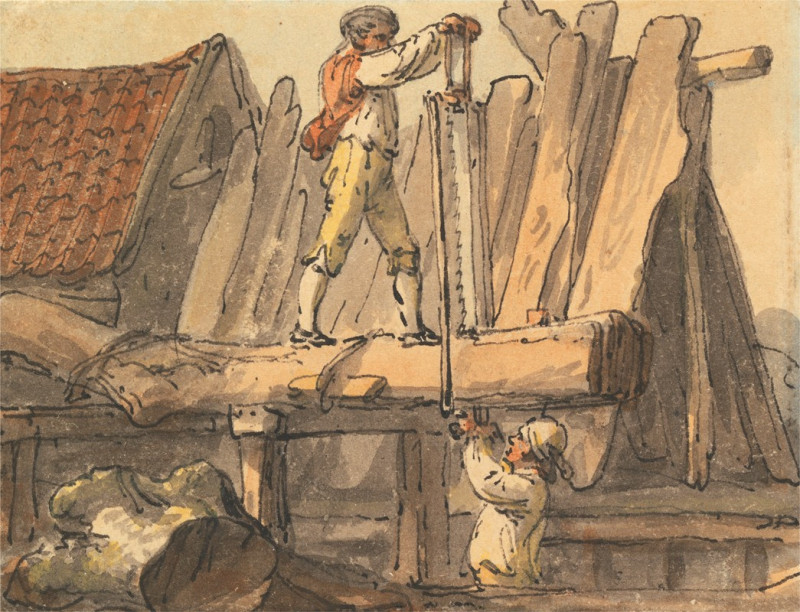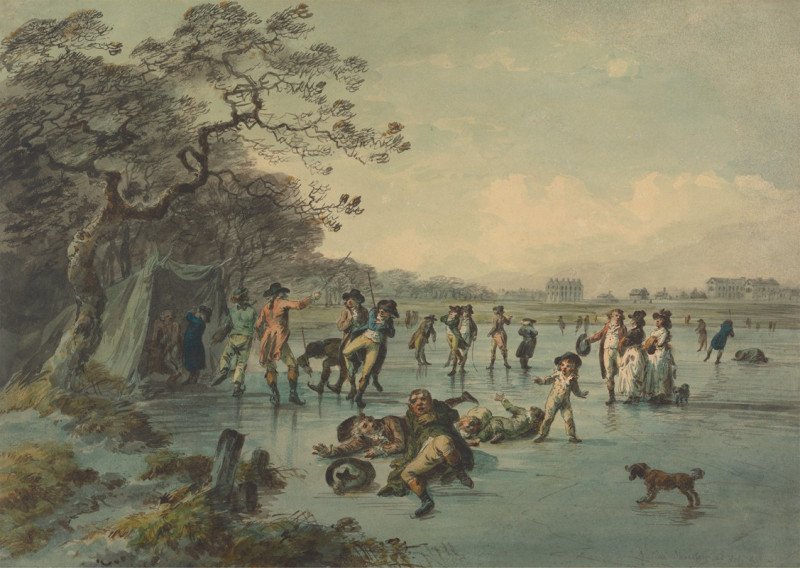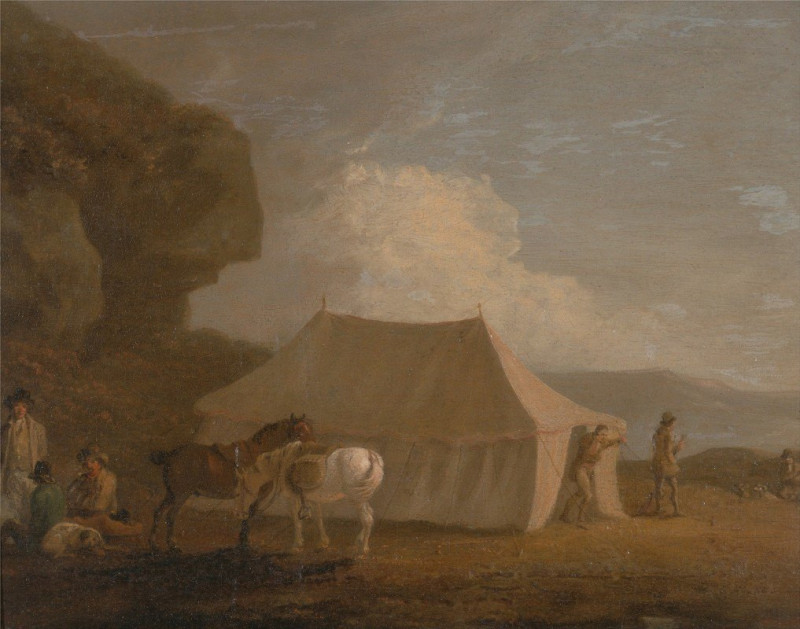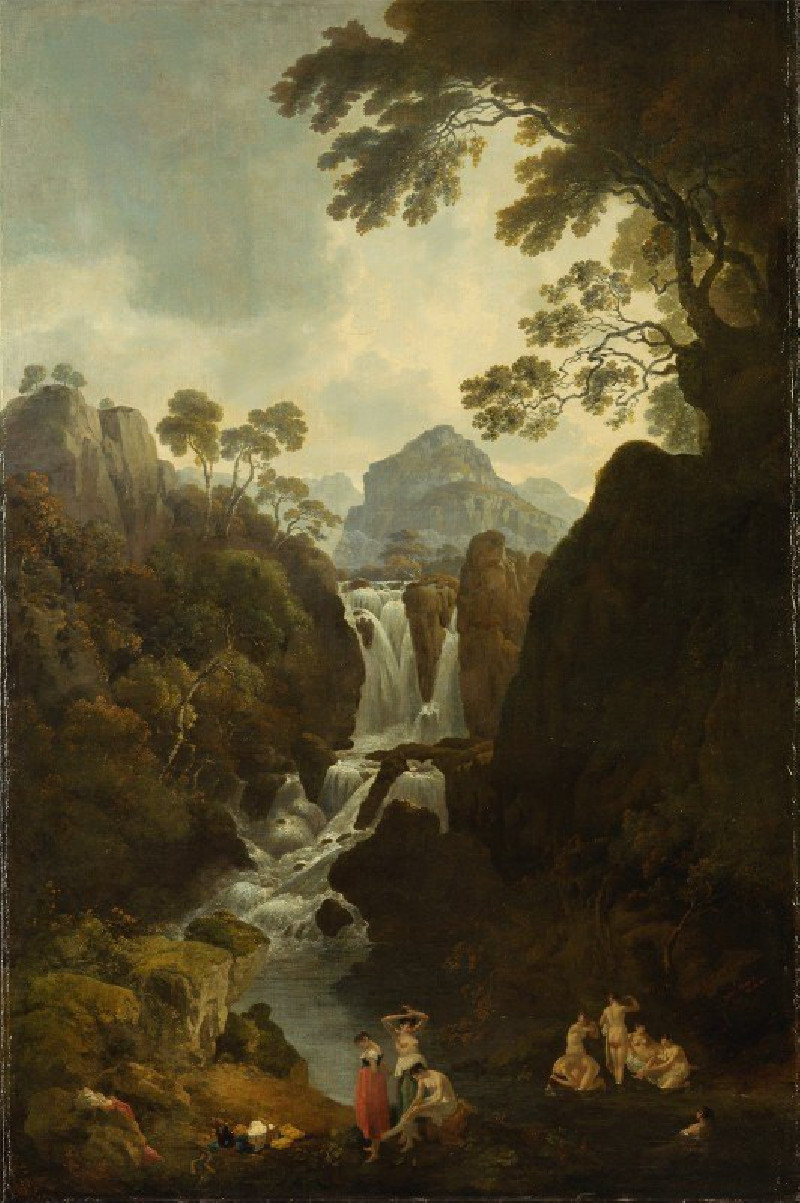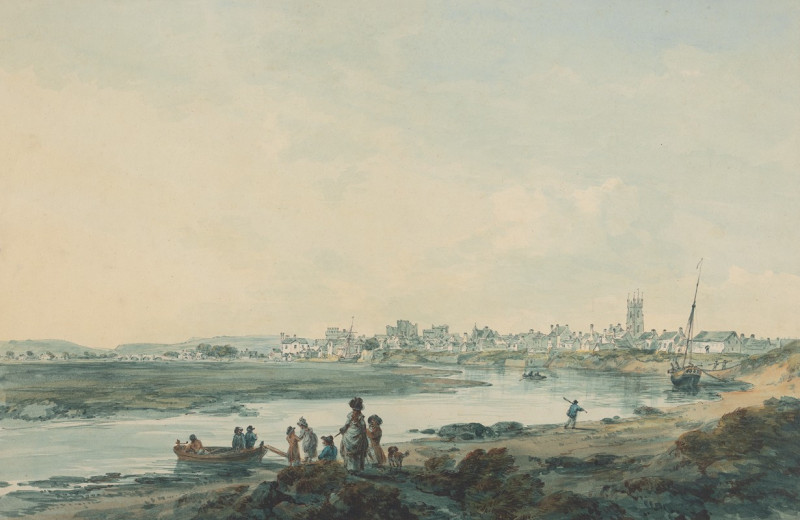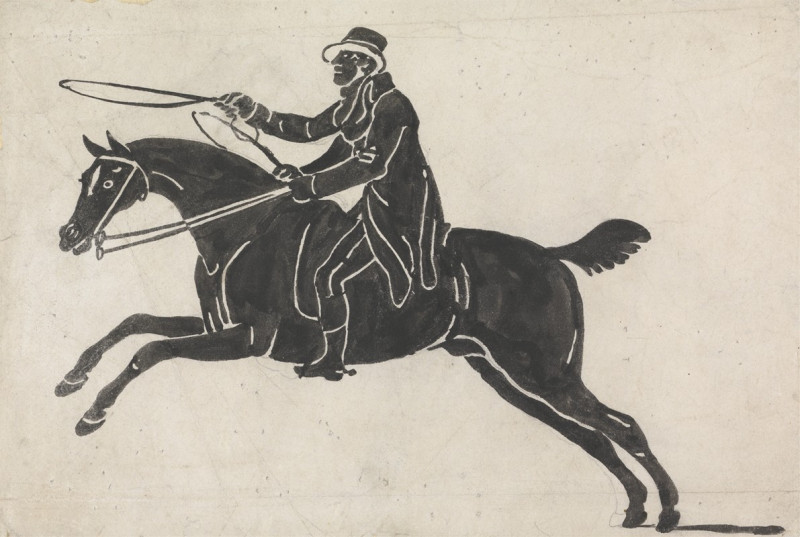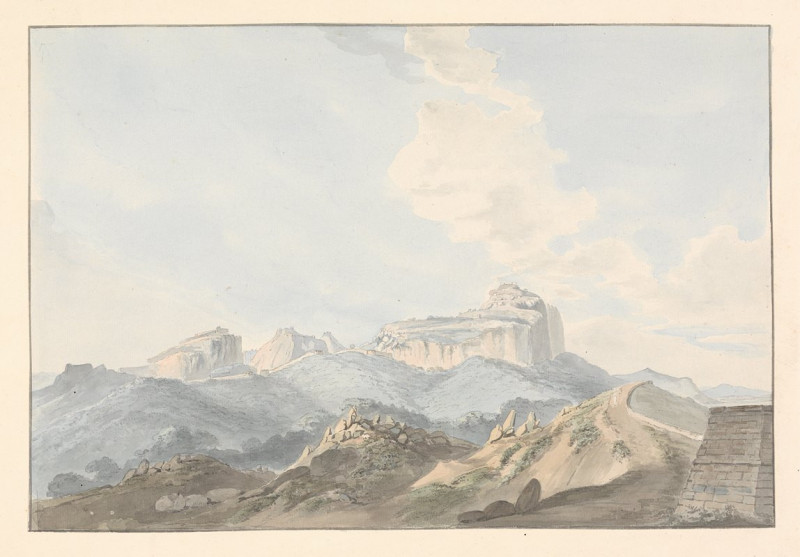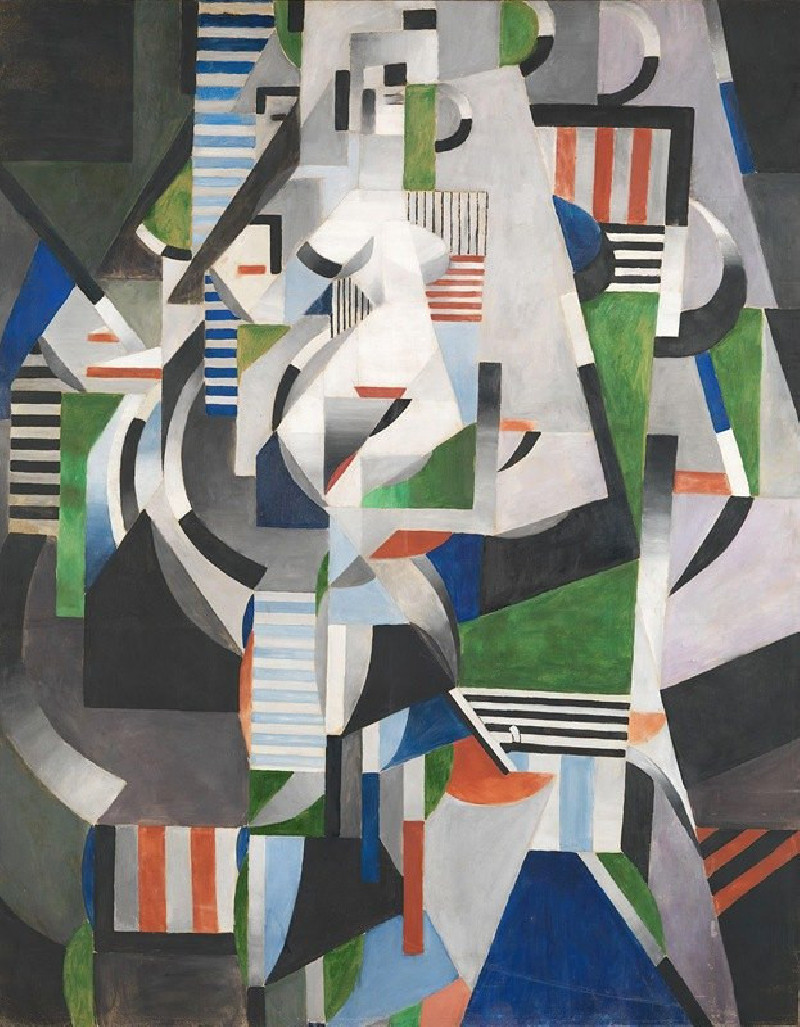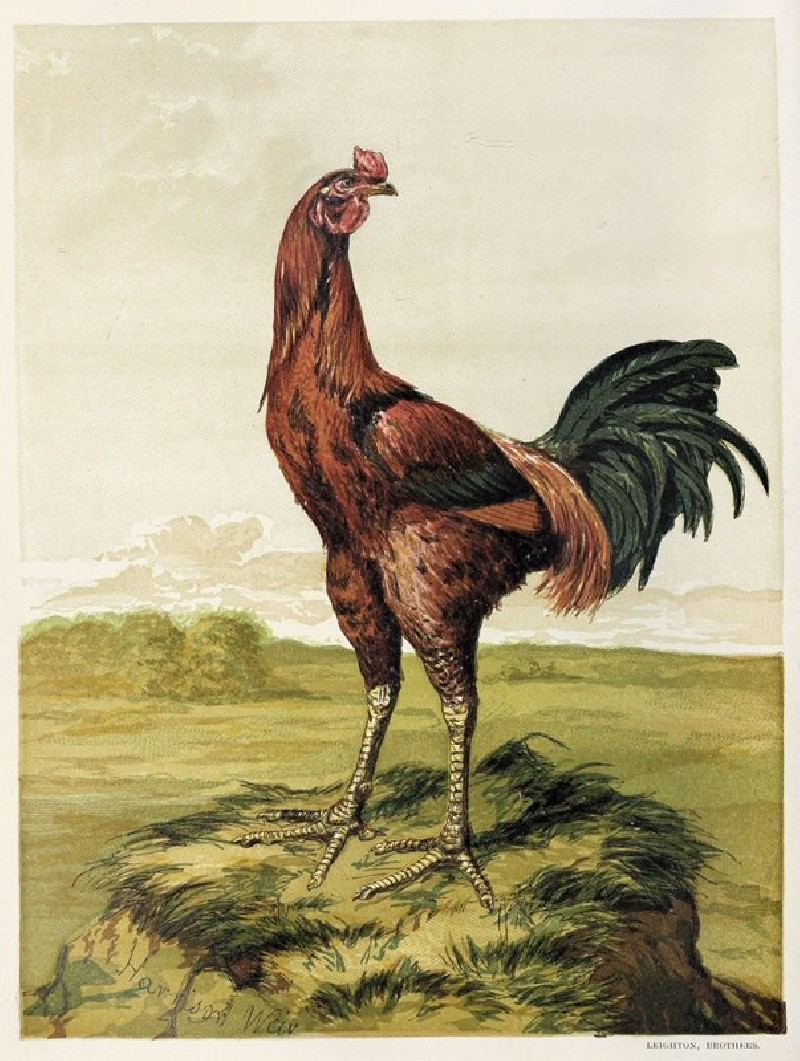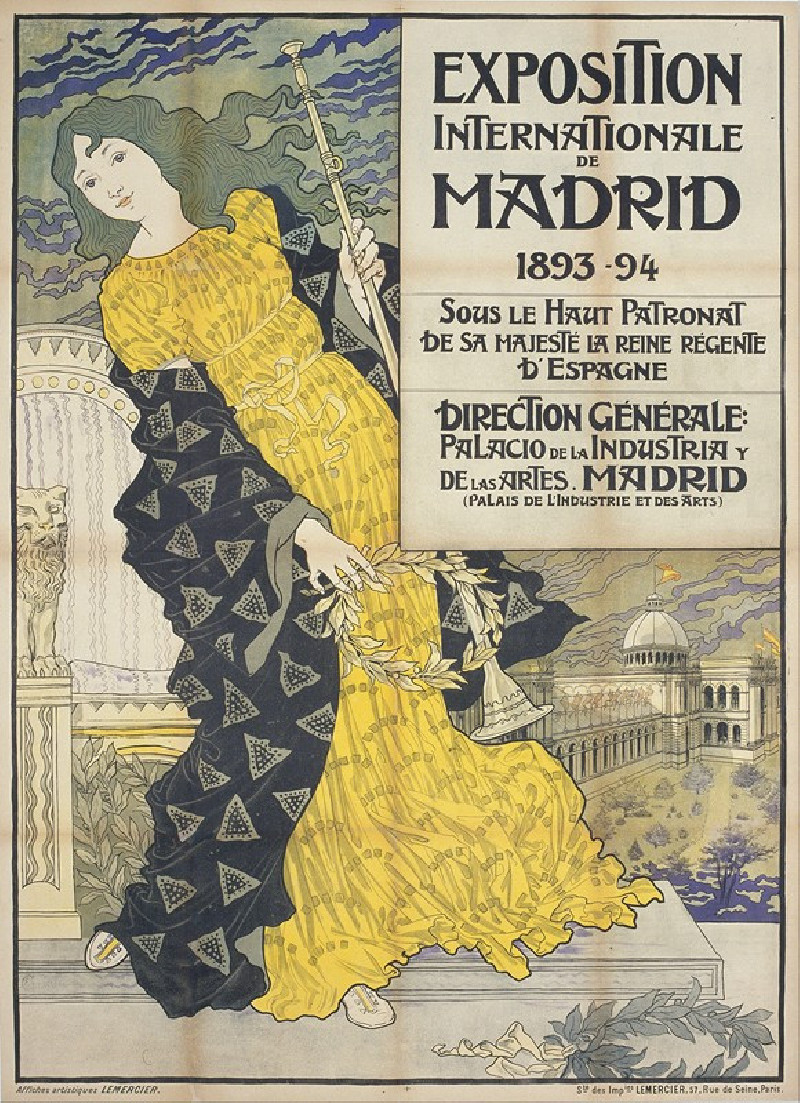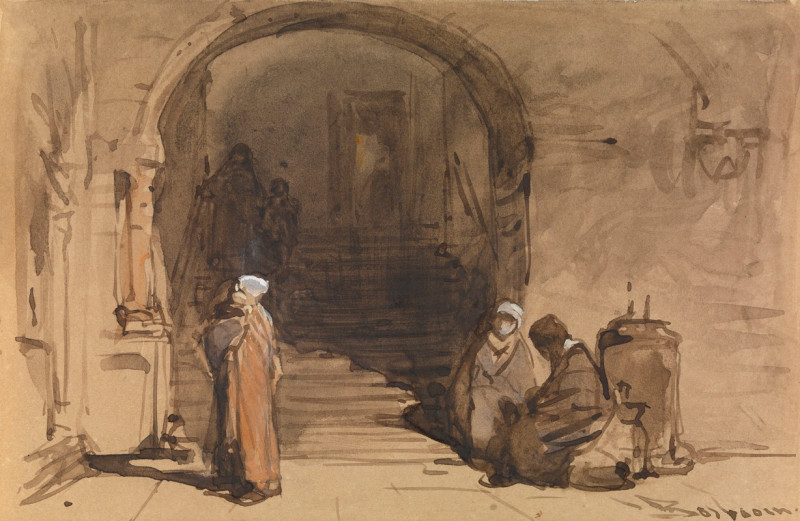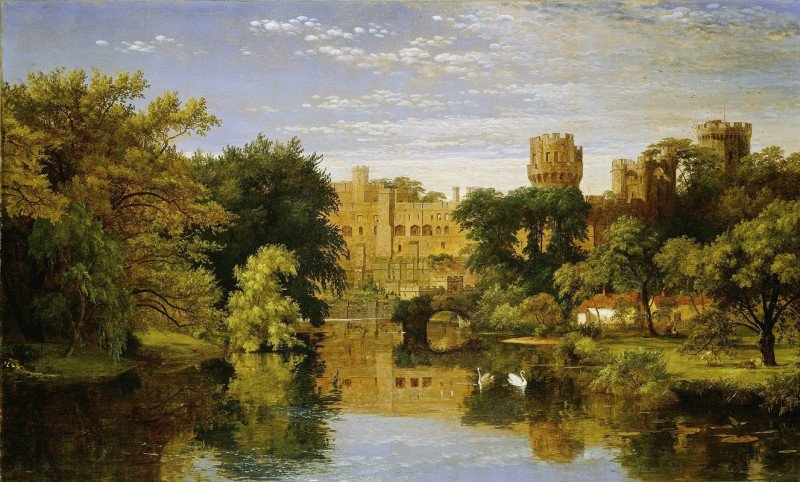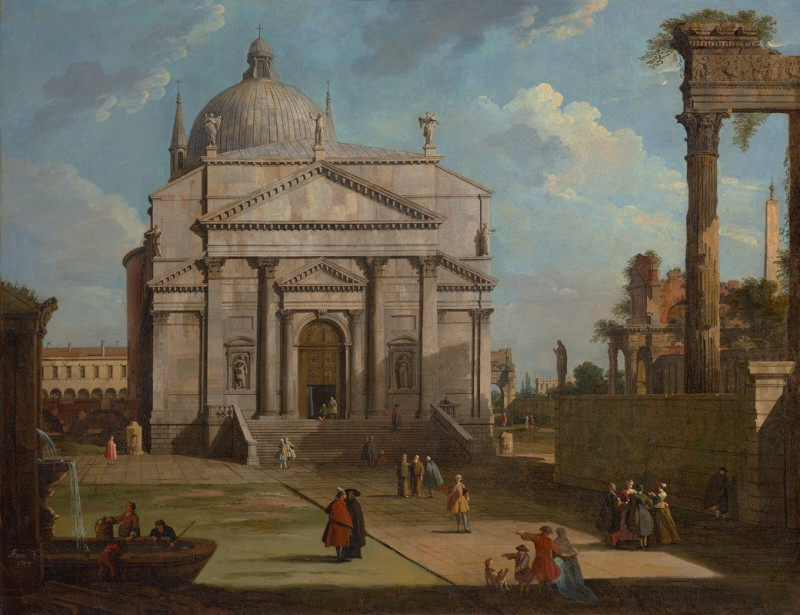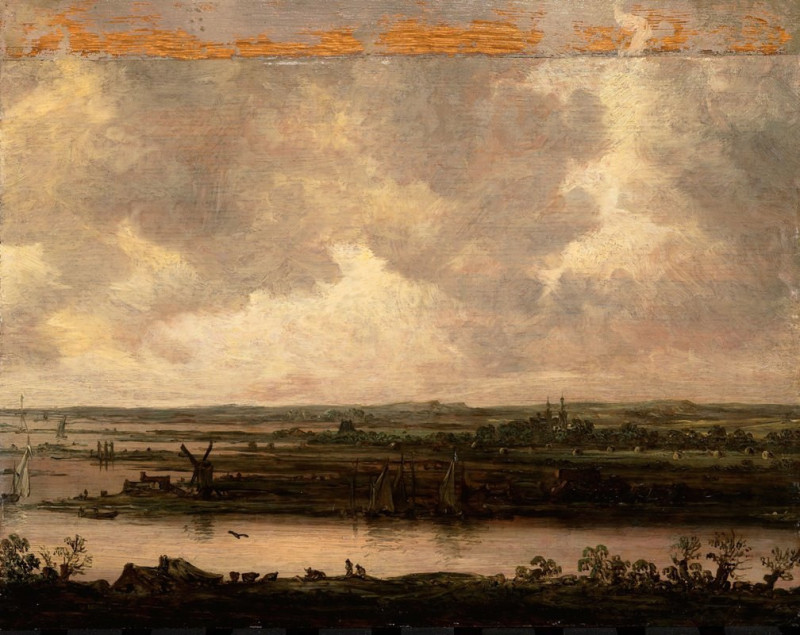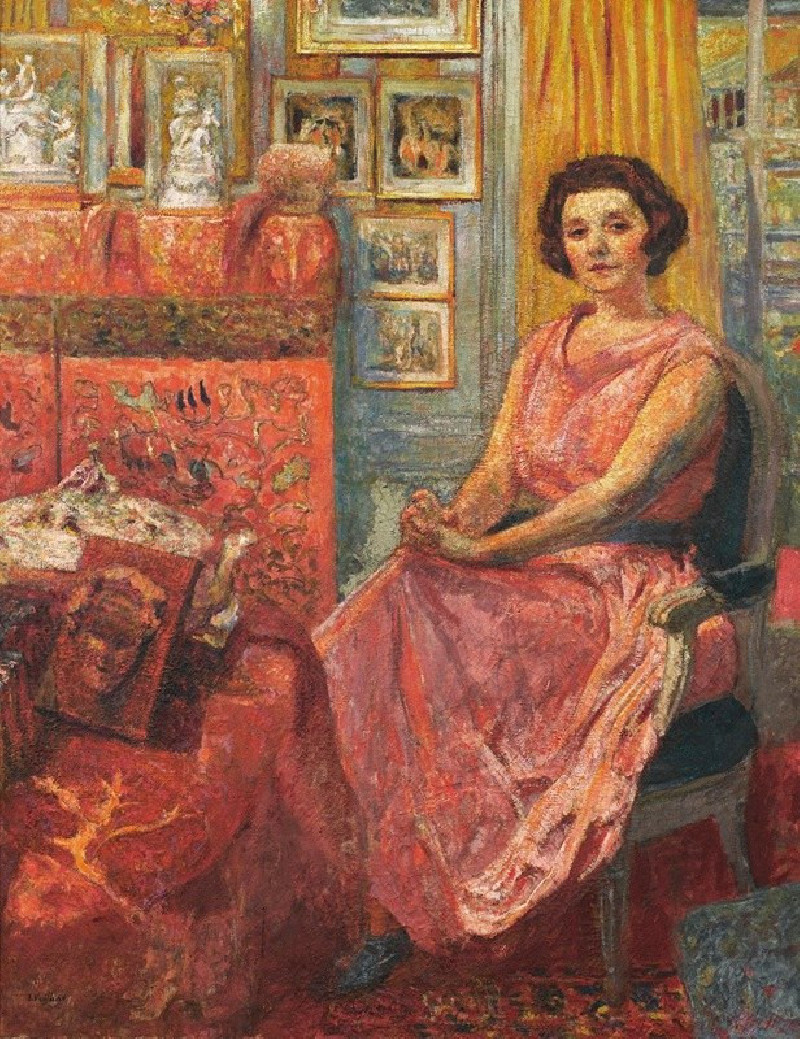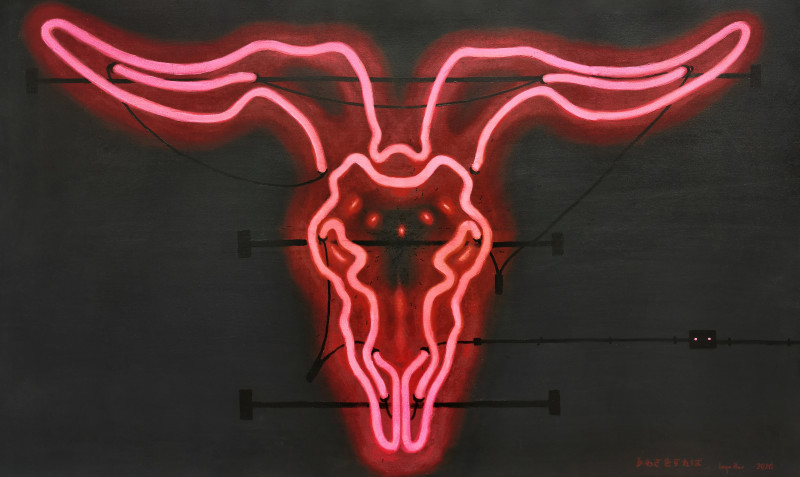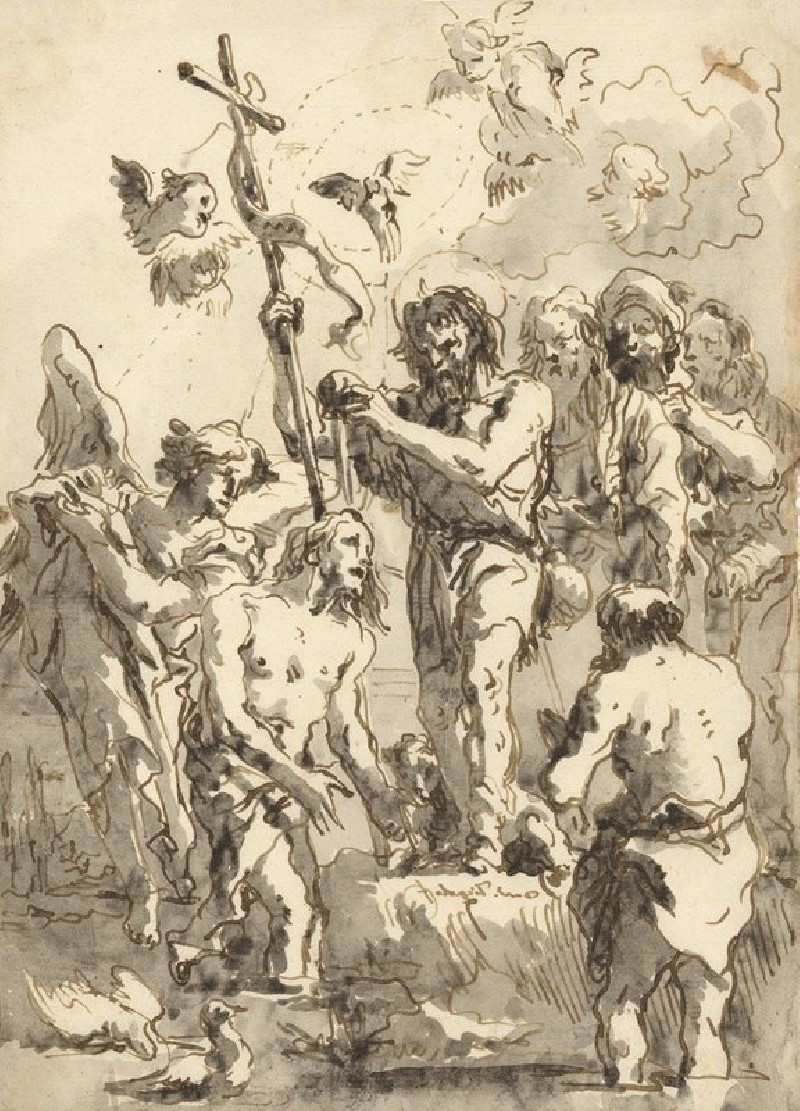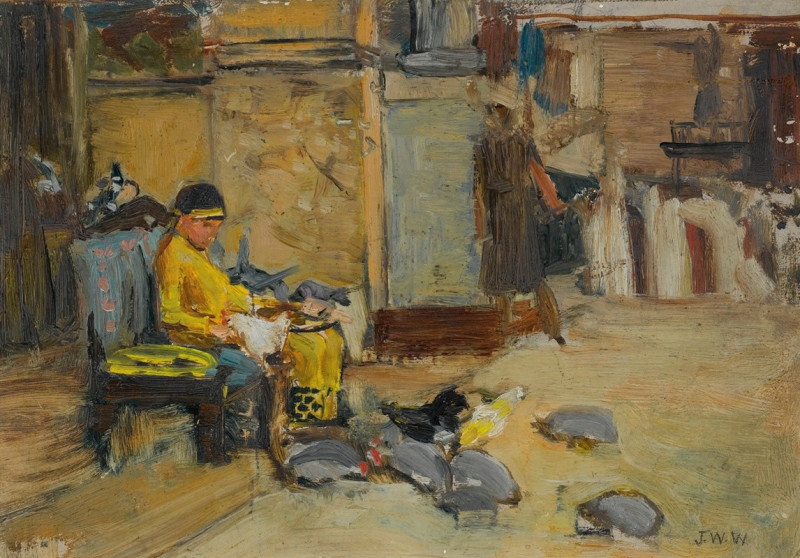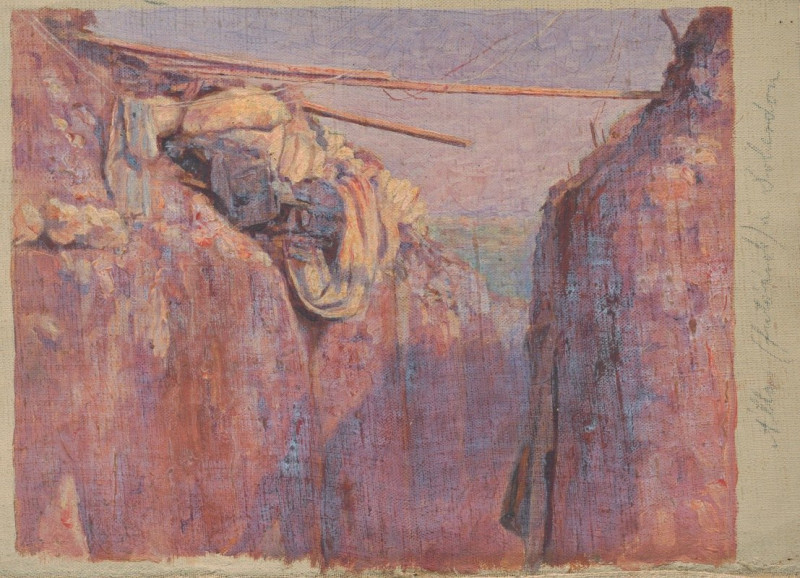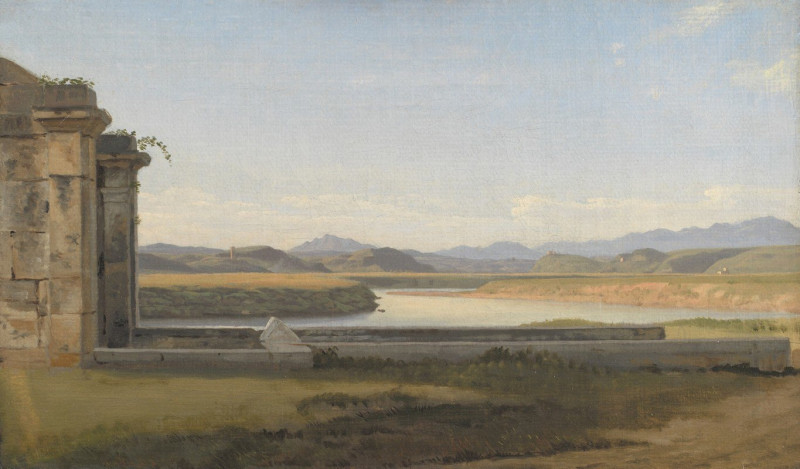Shelter for Cattle
Technique: Giclée quality print
Recommended by our customers
More about this artwork
Julius Caesar Ibbetson's painting, titled "Shelter for Cattle," captures an idyllic moment in the countryside, encapsulating the serene relationship between nature and its inhabitants. The artwork, rich in naturalistic detail, illustrates a group of cattle seeking shelter under the broad, outstretched branches of an ancient tree. This majestic tree dominates the composition, its gnarled bark and dense foliage rendered with remarkable attention, providing a comforting canopy for the cattle clustered peacefully beneath.The painting's palette is dominated by earthy browns and subtle shades of grey, interspersed with touches of warm beige that suggest gentle sunlight filtering through the leaves, creating a play of light and shadow on the ground below. Ibbetson’s use of light, and the soft blending of colors create a tranquil pastoral scene that invites the viewer to pause and reflect on the simple beauty of rural life."Shelter for Cattle" not only displays Ibbetson's skill in depicting livestock with anatomical accuracy and expressive posture but also his ability to convey a mood of pastoral calmness and protection.
Delivery
Returns
Julius Sergius von Klever was a Baltic German landscape painter.
His father was a chemist who taught pharmacology at the Veterinary Institute. He displayed artistic talent at an early age and took lessons from Konstantin von Kügelgen. After completing his primary education, was enrolled at the Imperial Academy of Fine Arts where, at his father's insistence, he studied architecture. After a short time, however, he began to take landscape painting classes; first with Sokrat Vorobiev, then Mikhail Clodt.

